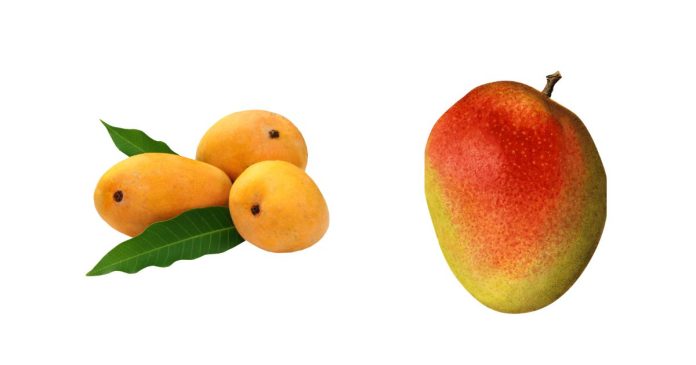The plural of “mango” can be either “mangoes” or “mangos.” Both forms are widely accepted in English, though “mangoes” is more commonly used.
Formation of Plurals for Nouns Ending in ‘O’
In English, nouns ending in “o” can form their plurals in two ways:
- Adding ‘s’: For example, “piano” becomes “pianos,” and “solo” becomes “solos.”
- Adding ‘es’: For instance, “tomato” becomes “tomatoes,” and “hero” becomes “heroes.”
The choice between adding ‘s’ or ‘es’ often depends on the word’s origin and common usage.
Usage in Different Contexts
- “Mangoes”: This form is more prevalent in formal writing and is often preferred in dictionaries and style guides.
- “Mangos”: This variant is commonly used in informal contexts and is accepted in everyday language.
Regional Preferences
In the United States, “mangos” is more commonly used, while “mangoes” is preferred in other English-speaking regions.
Both “mangoes” and “mangos” are correct plural forms of “mango.” The choice between them depends on personal preference, regional usage, and the context in which they are used. Consistency is key; once a form is chosen, it should be used consistently throughout the text.



